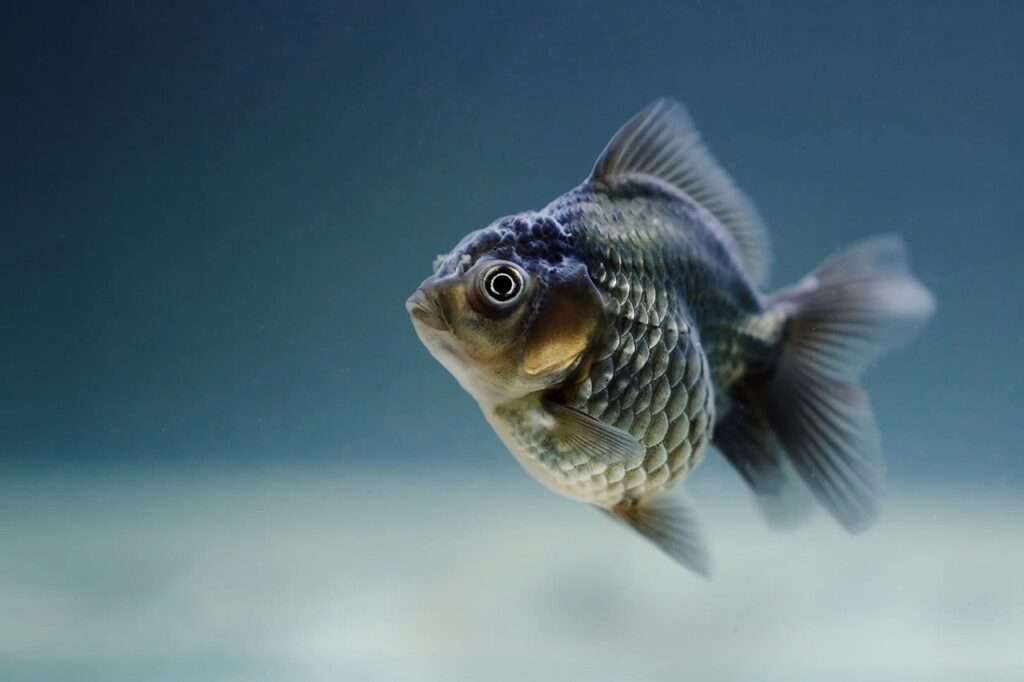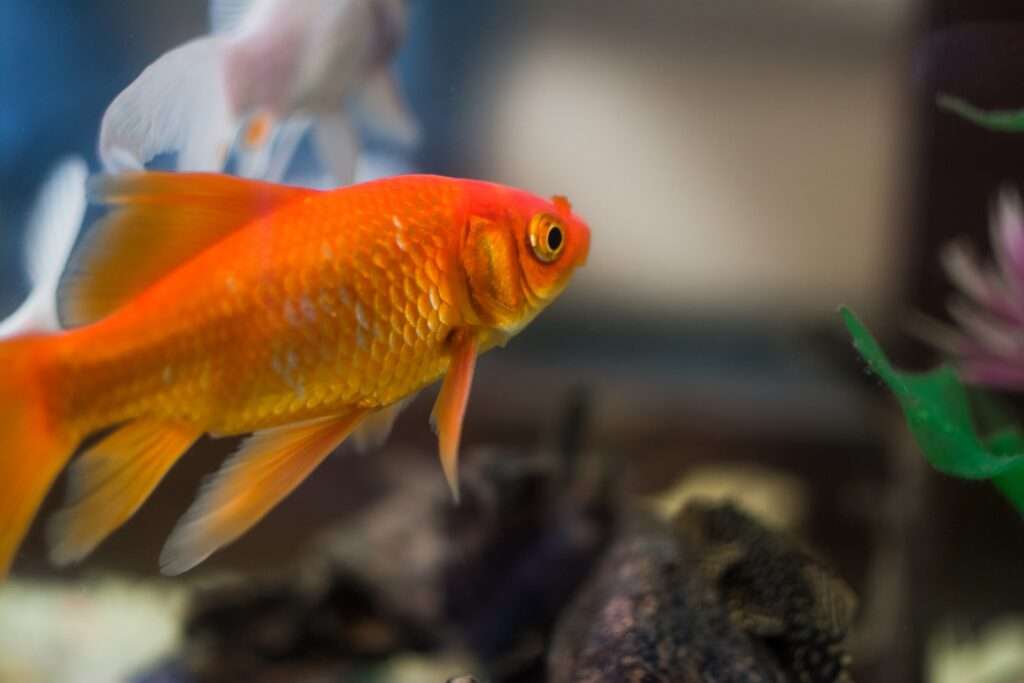Territorial behavior is a common trait observed in fish, both in the wild and in aquariums. This behavior is crucial to their survival and overall well-being. In this comprehensive study, we will delve into the intricacies of territorial behavior in fish tanks, exploring its significance, causes, and ways to manage it effectively.
Territorial behavior is defined as the defense and ownership of a specific area by a fish. This behavior is significant as it helps fish establish and maintain their own space, ensuring access to resources such as food, shelter, and potential mates. It also plays a role in establishing social hierarchies and reducing competition within a group of fish.
There are different types of territorial behavior observed in fish tanks. Some fish are solitary and defend their territory aggressively against any intruders, while others establish territories for breeding and courtship purposes. Understanding these different types of territorial behavior is important for managing and maintaining a balanced aquarium environment.
The causes of territorial behavior in fish tanks can be attributed to several factors. Firstly, limited space and resource competition can trigger territorial aggression as fish strive to secure their share of available resources. Secondly, breeding and mating habits can lead to the establishment of territories, as fish defend their chosen area for spawning and caring for their eggs or young. Finally, some species have innate traits that make them more prone to territorial behavior, such as their natural instincts or genetic predisposition.
Signs and manifestations of territorial behavior vary among fish species. Aggression and chasing are common behaviors displayed by territorial fish, as they attempt to establish dominance and defend their territory. Color changes and displays, such as flaring fins or puffing up, are also observed as a means of intimidation or attracting a mate. Nest building and burrow creation are seen in species that establish territories for breeding purposes.
Managing territorial behavior in fish tanks is crucial to maintaining a harmonious environment. Providing sufficient space and hiding places can help reduce aggression as fish have enough room to establish their territories. Balancing tank population and ensuring species compatibility is also important to minimize territorial disputes. Environmental enrichment, such as adding plants, rocks, or caves, can provide additional hiding spots and stimulation for fish, reducing territorial aggression.
There are common misconceptions about territorial behavior in fish tanks that need to be addressed. Misidentifying aggressive behavior can lead to misunderstandings and incorrect management strategies. Overcrowding a tank in an attempt to prevent aggression can actually exacerbate territorial disputes. Ignoring or avoiding territorial fish can result in stress and aggression towards other tankmates.
In the frequently asked questions section, some common queries about territorial behavior in fish tanks are addressed. It is important to understand that territorial behavior, when managed properly, is not necessarily harmful to fish. Recognizing signs of territorial disputes, such as aggression or fin nipping, can help aquarists intervene and prevent further harm. While it may not be possible to completely prevent territorial behavior in fish tanks, creating a well-designed and enriched environment can help minimize its negative effects.
In conclusion, understanding territorial behavior in fish tanks is essential for maintaining a harmonious and healthy aquatic environment. By recognizing the causes, signs, and management strategies of territorial behavior, aquarists can create a suitable habitat for their fish and promote their overall well-being. Remember, proper care and attention to fish behavior are equally important as providing a balanced diet and ideal water conditions.









